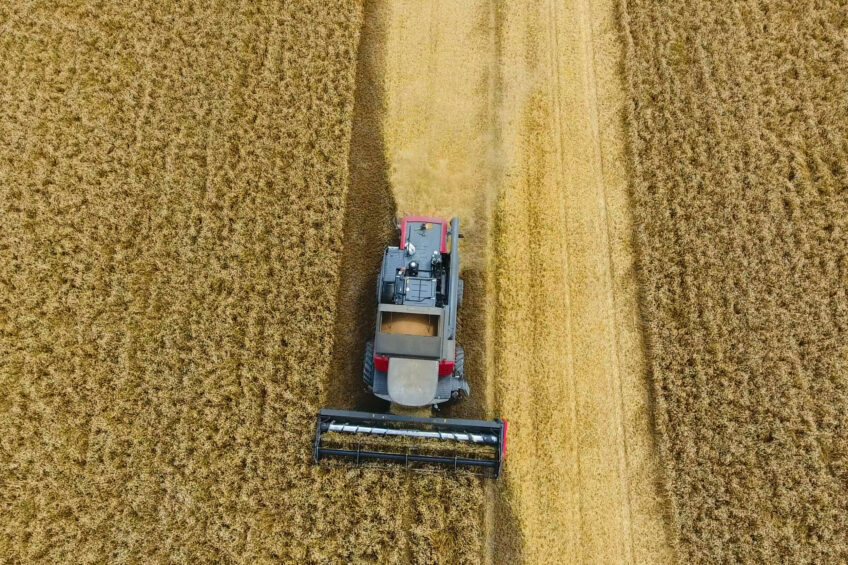Hungary’s feed giant UBM sees a decline in net revenue

UBM, Hungary’s leading feed producer and one of the largest feed materials traders, reported a mixed financial performance in the 2023-2024 year.
According to the UBM‘s annual report, the company generated consolidated sales revenue of HUF 198.66 billion (US$523 million) in the 2023-2024 business year, against HUF 231.61 billion (US$610 million) achieved in 2022-2023. The key factor dragging the revenue down was the price dynamics in the Hungarian market, where feed prices dropped by up to 50%.
Despite that, the company generated a net profit of HUF 1.43 billion (US$3.8 million), which was 57% higher compared with the previous year.
UBM’s feed production climbed by 4% to 454,000 tonnes, and the trade volume of protein crops jumped by 21% to 240,000 tonnes.
Revenue from exports and further investments
Remarkably, last year, over half of the company’s revenue (54.3%) was generated by exports. The company revealed that it exported products to 15 countries. Neighbouring states, primarily Romania, account for nearly a quarter of export volume, and another 29% land in western Europe, primarily Austria, Germany, and Italy.
The company also reaffirmed its commitment to keep investing in operations in Hungary and abroad.
Among other things, UBM plans to build a premix plant with an annual capacity of around 30,000 tonnes, a laboratory, and a training centre in the south of Kazakhstan in the next few years. In the second phase of the investment, expected to be completed by 2028, UBM will also set up 3 feed mills in the country, each with an annual capacity of around 100,000 tonnes.
Positive outlook for the Hungarian market
In general, the outlook for the Hungarian feed market remains optimistic in 2024, UBM said in a report in May 2024. Following a steep decline in 2022, the output this year is expected to jump by 20% to hit 4 million tonnes, the company forecasted.
In 2023, Hungary manufactured 3.65 million tonnes of feed. The figure didn’t change compared with the previous year, with some growth registered in the poultry feed segment and a modest decline in the pig feed segment, the official statistical data showed.
UBM said the main reason for 2022 was the cost crisis, as operational costs surged by 30-40%.
In the first half of 2024, however, the price of feed corn dropped by 50% and feed wheat by nearly 40% from the peaks of the past 2 years, the company calculated. Poultry feed production is expected to climb to 2 million tonnes, and pig feed production reach a pre-crisis level of 1.3 million tonnes, the company stated.











